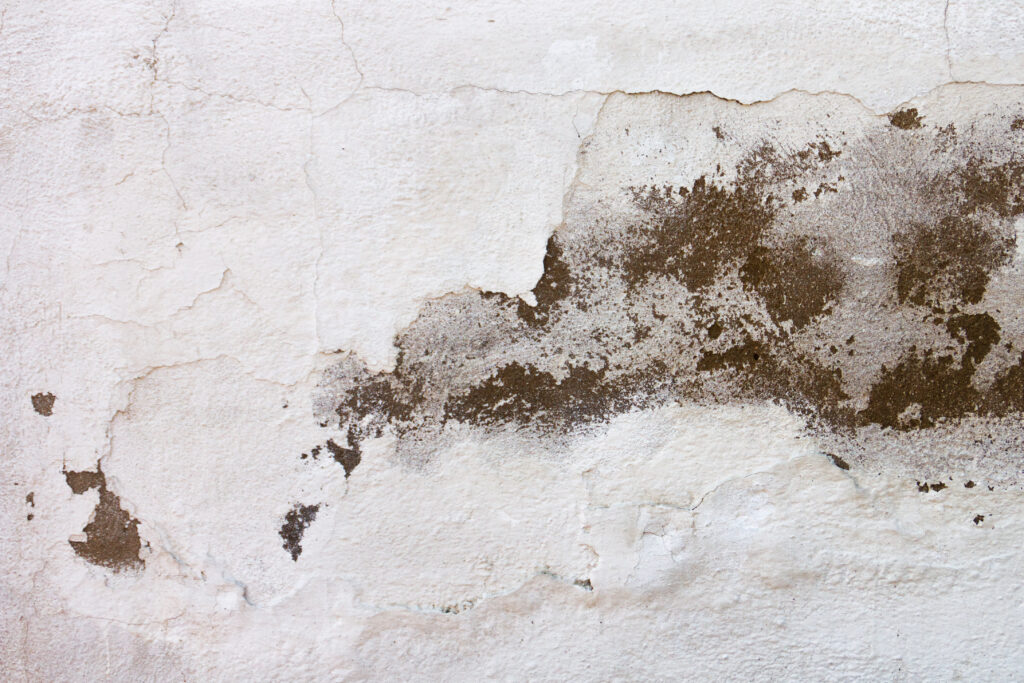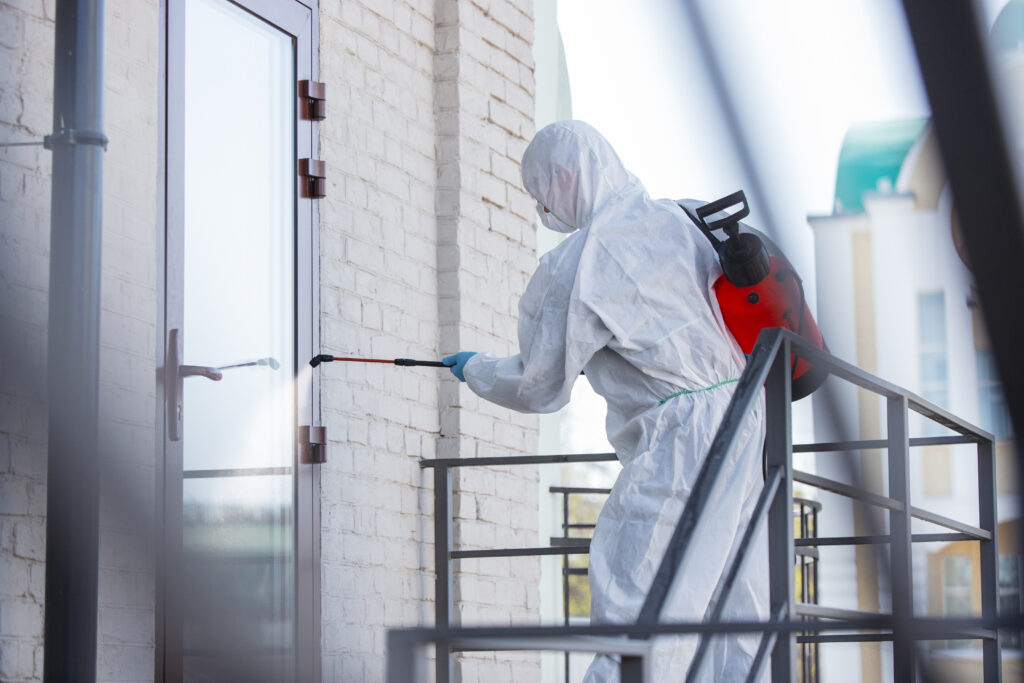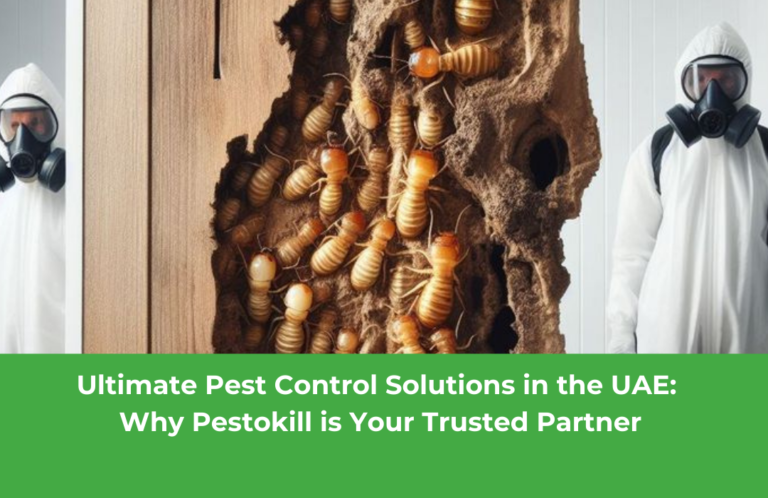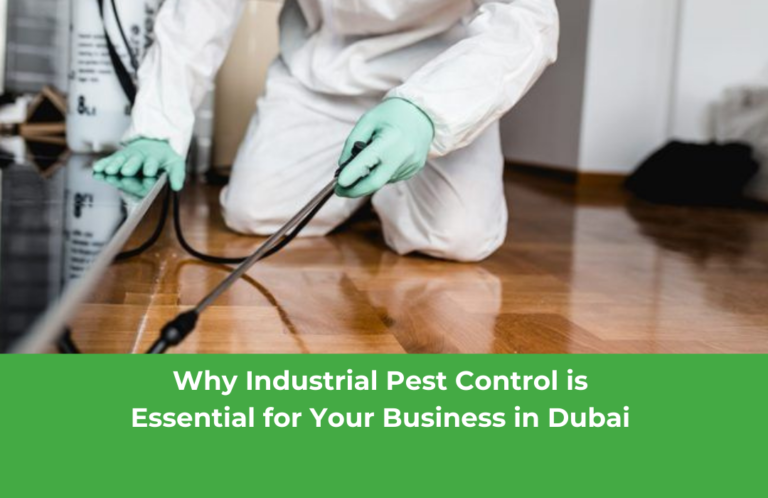How to detect Mold: Eight Telltale signs that your house Has mold
Introduction Do you know what hinders us from having a healthy lifestyle? That is none other than our laziness to clean. To live better, a healthy home is essential. And one potential threat to that well-being is mold. Molds are a kind of fungus that looks fuzzy in appearance. These molds can grow in a…

Introduction
Do you know what hinders us from having a healthy lifestyle? That is none other than our laziness to clean. To live better, a healthy home is essential.
And one potential threat to that well-being is mold. Molds are a kind of fungus that looks fuzzy in appearance. These molds can grow in a variety of places in your home, often going unnoticed until they become a serious problem.
In this comprehensive guide, we will look at the eight telltale signs that your home may have mold, from early warning signs to potential health risks.
If you’ve ever wondered, “How can I detect mold in my house?” or “What are the warning signs of mold toxicity?” There’s only one place to go, and you are already here.
It’s too odd to see molds: Banish those slimy ones
1. Musty Odors: Ever smelt a persistent musty, damp, earthy odor at any of the corners of your house? If so, it could be an early sign of a mold infestation. If that smell doesn’t dissipate with regular cleaning, remember that it signals hidden mold growth.
2. Visible Mold Growth: While this may seem obvious, visible mold growth is a clear-cut sign that you have a mold issue. Mold can appear in a variety of colors, including black, green, and white, and it can have a fuzzy or slimy texture.
3. Water Damage: Any previous or current water damage, such as leaks or flooding, evokes mold growth. Mold loves to thrive in damp environments, and if water issues are not checked promptly, it provides an ideal breeding ground for mold.
4. Paint peeling or discoloration: Mold can cause paint to peel or discolor, especially in moist areas. Observe any unusual changes in the paint or surface appearance on the walls and ceilings.
5. Allergic Reactions: If you or your family members badly experience unexplained allergic reactions, such as sneezing, coughing, or skin irritation, never take it as silly. It could be a possible sign of mold in the house. Mold spores can cause allergic reactions in people who are sensitive to them.
6. Respiratory Issues: Breathing problems might arise due to prolonged mold exposure. If you or a family member is having difficulty breathing, coughing, or wheezing, you should look into mold in your home.
7. Humidity Levels: High indoor humidity fosters mold growth. A hygrometer can be used to measure humidity levels in your home. Always maintain indoor humidity levels below 60%.
8. Condensation: Another warning indication of mold growth is excessive condensation on windows or other surfaces. Addressing the source of condensation is critical for mold prevention.
How do we ensure the presence of molds?
There are certain things to consider while detecting mold in your house, which involves a combination of visual inspection, awareness of odors, and sometimes professional assistance.
You can take the following steps:
- Visual Inspection: As a first step, you should cross-examine the whole area. Never leave out a single spot that is prone to mold growth, such as basements, bathrooms, and kitchens. Take it seriously if you happen to see any discoloration, water stains, or visible mold.
- Musty Odors: If your home is filled with a persistent musty smell, investigate the source. Mold can grow in unexpected places, such as behind walls, under carpets, or in damp basements.
- Professional Inspection: Understanding the appearance of mold can assist you in identifying and addressing it as soon as possible.
If you’re stuck trying to control this significant mold issue, consider hiring a professional mold inspector. They have the knowledge and tools to detect hidden mold and assess the scope of the problem.
What are the top ten warning signs of mold toxicity?
While mold can be an annoyance, long-term exposure can cause health problems. Here are ten signs of mold toxicity:
- Fatigue
- Headaches
- Memory Issues
- Difficulty Concentrating
- Joint Ache
Breathing Problems
- Sinus Congestion
- Skin Irritation
- Eye Irritation
- Persistent Coughing
If you suffer from these symptoms and suspect mold exposure, consult a healthcare professional.

How does mold appear?
Mold can take on a variety of appearances, depending on the type and surface on which it grows.
Molds that are commonly found include:
Stachybotrys (Black Mold): A slimy black or dark green mold that is found in areas with extensive water damage.
Cladosporium: Cladosporium comes in green, brown, or black and grows on fabrics, carpets, and porous materials.
Aspergillus: This fungus can be found in a variety of colors and is commonly found on dust, walls, and insulation.
Penicillium: A blue or green mold that is commonly found on water-damaged materials like wallpaper or carpeting.
Alternaria: A gray or black fungus that is commonly found in damp areas such as showers or under sinks.
Are you struggling to beat the hell out of molds?
No time loss, no headaches. Mold removal is now easy in the hands of the Pestokill team. Pestokill is a professional cleaning service in the UAE. For us, Mold removal is an intricate process.
Our team possesses an in-depth understanding of the various types of molds, their growth patterns, and the potential health risks they pose.
With a bold demeanor and unwavering confidence, we carefully assess the extent of mold contamination to devise a thorough removal plan.
Armed with state-of-the-art equipment and specialized cleaning agents, we meticulously scrub affected areas while also addressing underlying moisture issues.
In this way, we assure you that no trace of mold remains, preventing any future regrowth.
Additionally, we follow safety precautions by wearing protective gear such as masks and gloves to safeguard ourselves from inhaling harmful spores.
Our working goal is to restore peace of mind to those affected by mold infestations through our successful eradication efforts.
The Bottomline
In conclusion, being aware of the indicators of mold in your house is crucial for maintaining a healthy living environment. If you notice any of these symptoms, act quickly to identify and eliminate the source of the mold.
Early detection and remediation can help you avoid potential health risks as well as significant property damage.
Remember, if you have concerns about mold toxicity or a significant mold problem, you should seek professional help for a thorough inspection and remediation.






